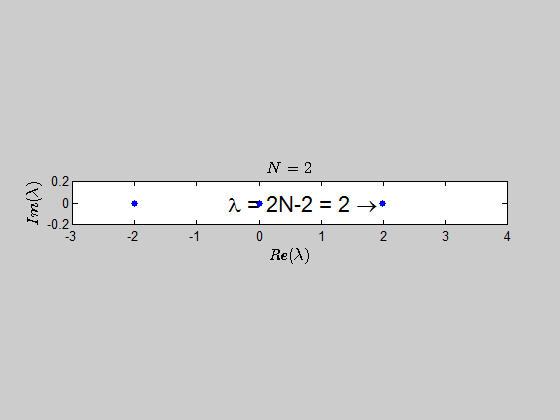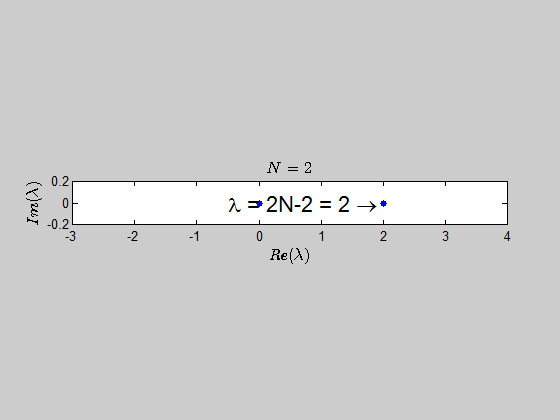In the answer to the question What is meant by a matrix being strictly positive definite on its range? the use who answered provides the following procedure for restricting a given scalar matrix to a particular subspace.
I recap the answer provided there here: suppose $M\in\mathbb{R}^{n\times n}$ is a scalar matrix with with $k<n$ eigenvalues at $0$. Suppose, without loss of generality, that $M$ is of the form
$$M=\begin{bmatrix}0_{k\times k} & 0_{k\times(n-k)}\\0_{(n-k)\times k} & M_p\end{bmatrix}$$
with the block $M_p$ positive definite. Then, the range of $M$ is spanned by the vector $V$ where
$$V=\begin{bmatrix}0_{k\times (n-k)}\\ I_{n-k} \end{bmatrix}.$$
The restriction of the matrix $M$ to the subspace $V$ is then given as
$$M|_V = V^TMV=M_p.$$
If $M$ were instead a block operator matrix, with entries as bounded linear operators on Hilbert spaces, would the same procedure for restricting the block operator to a subspace work? More precisely, what I mean in this setting is that $M\in L(\mathcal{H})$ is of the form
$$M=\begin{bmatrix}0_{k\times k} & 0_{k\times(n-k)}\\0_{(n-k)\times k} & M_p\end{bmatrix},$$
where $\mathcal{H}=H_1\oplus H_2\oplus \dots \oplus H_n$ is the direct sum of the Hilbert spaces $\left(H_{i}\right)_{i=1}^n$. We then have the zero operators defined with domains
\begin{align*}
\text{dom}\left(0_{k\times k}\right)&\subseteq H_1\oplus\dots\oplus H_{k},\\
\text{dom}\left(0_{k\times (n-k)}\right)&\subseteq H_1\oplus\dots\oplus H_{k},\\
\text{dom}\left(0_{(n-k)\times k}\right)&\subseteq H_{(k+1)}\oplus\dots\oplus H_{n},
\end{align*}
and the block $M_p$ defined with domain
\begin{align*}
\text{dom}\left(M_p\right)&\subseteq H_{(k+1)}\oplus\dots\oplus H_{n}.
\end{align*}
The operator $I_{n-k}$ is the operator
$$I_{n-k}=
\begin{pmatrix}
I_{H_{(k+1)}}&0&\cdots&0\\
0&I_{H_{(k+2)}}&\cdots&0\\
\vdots&&\ddots&\vdots\\
0&0&\cdots&I_{H_{n}}
\end{pmatrix},$$
where $I_{H_{i}}$ is the identity operator on $H_i$ for $i\in\left\{k+1,\dots,n\right\}$. Does the construction of the restriction of the block operator matrix $M$ to the subspace $V$ in this case follow analogously with $M|_V = V^TMV=M_p$?


Best Answer
There is no difference. One comment, though, is that you removed the original hypothesis that $M$ is positive; otherwise, there is a lot of generality lost in assuming that $M$ is of the form you say.
When $M$ is a positive operator, you can take $H_0=\ker M$. Since $M$ is selfadjoint, $\operatorname{ran} M=(\ker M)^\perp$. So $H=H_0\oplus H_0^\perp$. On $H_0^\perp$, you have $\langle Mx,x\rangle >0$ for all nonzero $x$ (otherwise, if $\langle Mx,x\rangle=0$, we get $M^{1/2}x=0$ and so $Mx=0$ so $x\in H_0$). That is, $M$ is positive-definite on $H_0^\perp$. Because $H_0^\perp$ is the range of $M$, it is trivially invariant for $M$; as is $H_0$. This implies that $M$ is block-diagonal with respect to the decomposition $H=H_0\oplus H_0^\perp$. Concretely, if $P$ is the projection onto $\ker M$, we have $MP=0$ (this simply says that if $Mx=0$ then $M^2x=0$). As $M=M^*$, we get $PM=0$; thus $PM=MP=0$. That is, $M=(I-P)M(I-P)$, which is precisely $$ M=\begin{bmatrix} 0&0\\0& M_p\end{bmatrix}, $$ with $M_p=(I-P)M(I-P)$. If you want to isolated $M_p$ as an operator, you can do the trick you mention, which is to take $V:\operatorname{ran}M\to H$ be the inclusion. It is then easy to see that $V^*$ is the orthogonal projection onto $\operatorname{ran}M$. Indeed, for any $x,z\in H$, $$\tag1 \langle V^*x,Mz\rangle=\langle x,VMz\rangle=\langle x,Mz\rangle. $$ When $x\in\ker M=(\operatorname{ran}M)^\perp$, $(1)$ tells us that $V^*x=0$. When $x\in\operatorname{ran}M$, $(1)$ tells us that $x-V^*x=0$. So $V^*$ is indeed the orthogonal projection onto $\operatorname{ran} M$. Since $PV=0$, $V=(I-P)V$. Then $$ V^*MV:\operatorname{ran}M\to\operatorname{ran}M $$ satisfies, for any $x\in\operatorname{ran}M$, \begin{align} V^*MVx&=V^*(I-P)M(I-P)Vx=V^*(I-P)M(I-P)x\\[0.3cm] &=(I-P)M(I-P)x=M_p. \end{align}